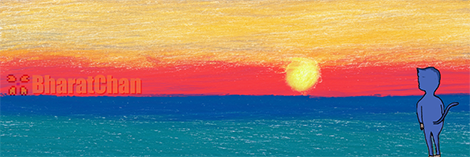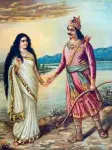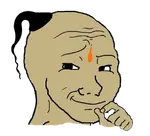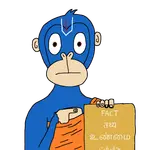Recent Posts
The choice is simple
Time to start Nation building
Brain of African San Bushman
Need serious advice
Women want a blue eyed dragon - brootal
Indian lives are cheap
So, if you ever wondered why Randdit is a retard e...
Come with me to eat momos
Topkek
No Nut November General #3
Abe Heendu
Effects of 6 day work week.
No Nut November
Enough yaar pajeet
Thread for based patriotic songs
revenge of the zlutt
Savarna Broz, are we parasites ?
Late night IQ discussion thread
/hikki/ general
Lmao Mindbroken
Why are southies so dark and ugly
Níggers

jzAcUz
No.320570
Timur, also known as Tamerlane or Timur the Lame, was a Turco-Mongol conqueror of the 14th century who built the Timurid Empire; a culturally Persianate Turco-Mongol state that ruled more or less over the region of Greater Iran. Timur saw himself as the heir to Genghis Khan, and sought to emulate him in that regard; in many ways reproducing his deeds as a great conqueror, as well as the brutality of his methods, killing millions in incredibly destructive conquests. Perhaps the most salient feature of his empire was its dual Turco-Mongol and Persian identity; like the Seljuks centuries before, they were a steppes people with Turkic roots who assimilated into the Persianate world of the area, using the Persian language as the official means of communication for their arts, literature and governance whilst retaining their Turkic (and in the case of the Timurids, also Mongolic) roots when it came to their dynastic identity. His rule saw the rise of the Timurid Renaissance, a revival of arts, literature and sciences saw some great achievements in those fields, as well as in architecture, as evidenced by some of the mosques still seen today in Uzbekistan.
Given the rich cultural background of the subject, I decided to create a synthesis of Iranian, Central Asian and Mongolian music. The instruments are the Central Asian dombra, the Mongolian morin khuur, the Iranian tanbour, the ney, santour, kemencheh and tombak drums. The melody uses the Iranian Shur mode, as well as the Kurdi maqam, called Phrygian in Western music theory, often heard in Central Asia. A major model for this music was that of Turkmenistan and Uzbekistan, which show some of the highest degree of Turkic and Iranian musical synthesis. The sung languages are Chagatay and Persian; Chagatay being the Turkic language spoken in the area. The Chagatay lyrics are taken from the Karsakpay inscription, an inscription carved in stone on April 28, 1391 by Timur, and the Persian lyrics are from the Zafarnameh, a Persian epic written by Hatefi in the 15th century, which recounts the life and deeds of Timur in a style imitating the Shahnameh, the Iranian epic of kings written by Ferdowsi which would serve as a model of high literature and kingship for most Persianate states such as the Seljuks and the Timurids.

xpsE7M
No.320993
>>320570(OP)
Basado

Cryw8O
No.320998

m5HXGa
No.321000
>>320570(OP)
based





















































